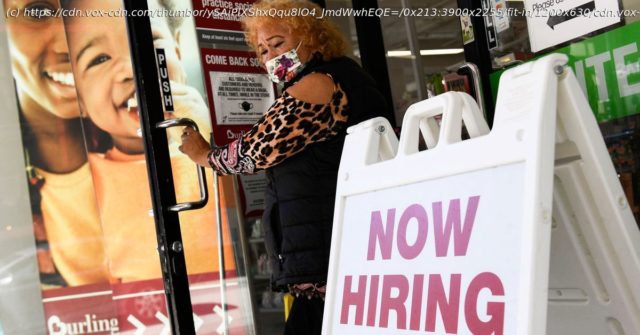A jobs report on Friday showed that job growth remained strong, despite fears of a recession.
The economy is confusing right now. Many economists are predicting the United States will slip into a recession in the next year. Inflation remains stubbornly high, and the Federal Reserve continues to aggressively raise interest rates. But the labor market has held up: Employers are struggling to fill open positions and the unemployment rate remains low.
A jobs report released on Friday showed that, despite the dim outlook, the labor market is still churning along and has remained a bright spot in the economy.
Employers added 223,000 jobs to the economy in December, according to the Bureau of Labor Statistics report. That’s a slowdown from the month before, when employers added 256,000 jobs, but slightly more than economists were expecting.
It typically takes months for the effects of the Fed’s rate hikes to fully show in economic data. By making borrowing money more expensive, the Fed is trying to slow demand and get consumers to spend less. That should help ease inflation over time, but that could also result in businesses ramping down hiring or laying off workers.
So far — despite the fears and predictions of an economic downturn — labor market data doesn’t suggest the United States is on the brink of a recession. Here’s a guide to a few key numbers economists are watching closely. 1) Job growth
Although job growth has been slowing and November’s gains were revised downward, employers have still been adding a robust number of jobs to the economy each month (in 2021, job gains were stronger since the economy had more to recover after unemployment surged earlier during the pandemic). It would start to become troubling if the economy began to see several months of sustained job losses, economists say.
Because job openings are still high and there aren’t enough workers to fill them, Fed officials have said they believe job growth has room to pull back without the country seeing a huge spike in unemployment. Employers could leave positions unfilled, for instance, rather than lay off workers. The Fed is purposely trying to weaken the labor market, in part to ease pressure on wage growth, which should help tamp down inflation.






